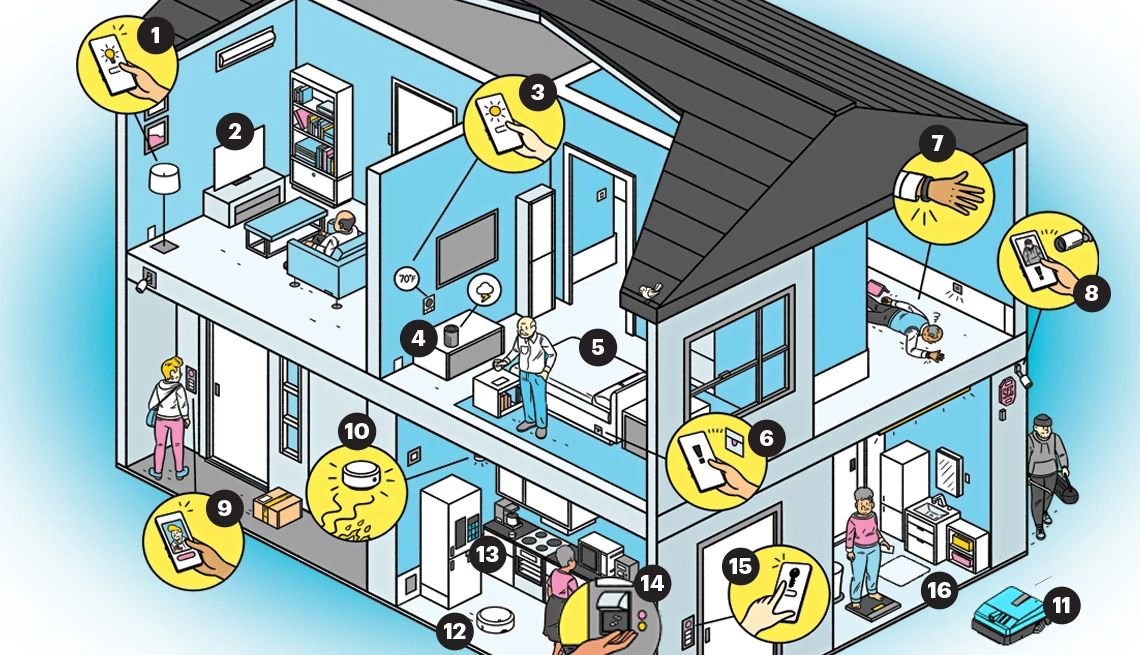Smart home technology has grown rapidly in recent years, making homes more efficient, secure, and convenient. From voice-controlled assistants like Amazon Alexa and Google Home to smart thermostats and lighting systems, technology is transforming the way we live.
One of the biggest advantages of smart homes is energy efficiency. Smart thermostats, like Nest and Ecobee, can learn your daily routine and adjust the temperature accordingly, saving energy and reducing electricity bills. Similarly, smart lighting systems allow homeowners to control lights remotely or set them on a schedule.
Home security has also seen significant improvements with smart locks, video doorbells, and surveillance cameras. Devices like Ring and Arlo provide real-time monitoring, allowing homeowners to check their property from anywhere in the world. Some systems even include facial recognition and AI-powered alerts to detect suspicious activities.
Smart home integration is also making everyday tasks more convenient. With IoT-enabled appliances, users can control their coffee makers, refrigerators, and washing machines using their smartphones. Voice-controlled assistants enable hands-free control over multiple devices, creating a seamless experience.
However, privacy concerns remain a major challenge. Many smart devices collect data about users, raising concerns about how this information is stored and used. Cybersecurity risks also exist, as hackers can exploit vulnerabilities in smart home networks.
Despite these challenges, the demand for smart home technology is rising. As more devices become interconnected and AI-powered automation improves, smart homes will become even more advanced. In the near future, we can expect fully automated homes that anticipate our needs, creating a new era of digital living.


















Fausta
Good